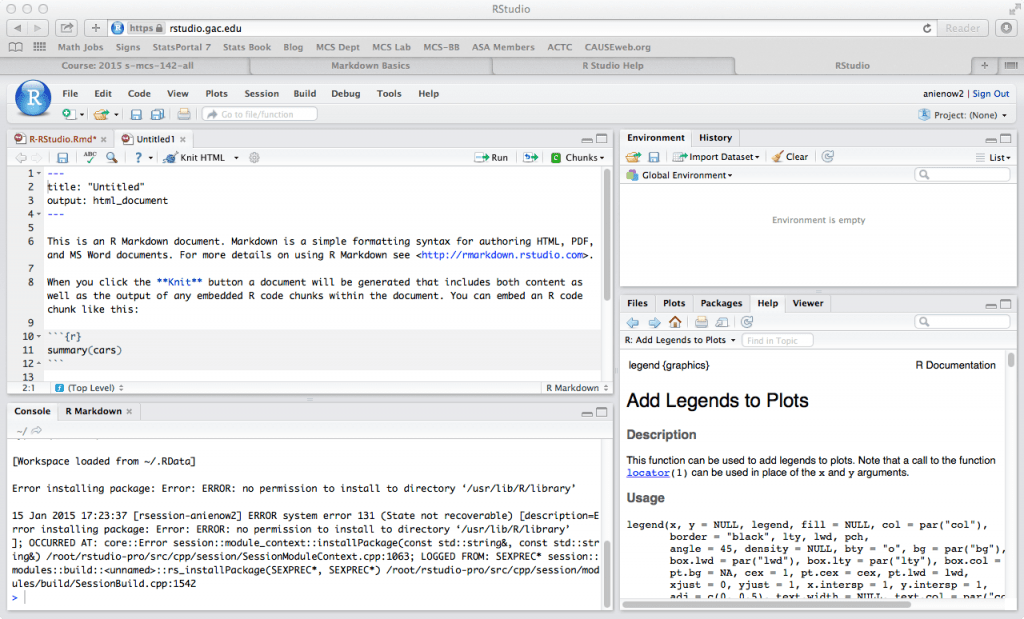
#Setwd rstudio how to
Additional (sub)directories depending on your project needs.įor this workshop, we will need a data_raw/ folder to store our raw data, and we will use data/ for when we learn how to export data as CSV files, and a fig/ folder for the figures that we will save.scripts/ This would be the location to keep your R scripts for different analyses or plotting, and potentially a separate folder for your functions (more on that later).documents/ This would be a place to keep outlines, drafts, and other text.plot2.txt kept separate from a data/ file generated by the scripts/01.ee_survey.R script. For example, you could have files data_raw/tree_ and. Separating raw data from processed data is also a good idea. For the sake of transparency and provenance, you should always keep a copy of your raw data accessible and do as much of your data cleanup and preprocessing programmatically (i.e., with scripts, rather than manually) as possible. data_raw/ & data/ Use these folders to store raw data and intermediate datasets you may create for the need of a particular analysis.In general, you may create directories (folders) for scripts, data, and documents. This can be especially helpful when you have multiple projects.

Using a consistent folder structure across your projects will help keep things organized, and will help you to find/file things in the future. To do so, go to Tools –> ‘Global Options’ and select the ‘Never’ option for ‘Save workspace to. Therefore, it is often a good idea to turn this off. RData can be cumbersome, especially if you are working with larger datasets, and it can lead to hard to debug errors by having objects in memory you forgot you had. By default, all of these objects will be saved, and automatically loaded, when you reopen your project. (Optional) Set Preferences to ‘Never’ save workspace in RStudio.Ī workspace is your current working environment in R which includes any user-defined object.
#Setwd rstudio code

Your Environment/History (top-right) which shows all the objects in your working space (Environment) and your command history (History).



 0 kommentar(er)
0 kommentar(er)
